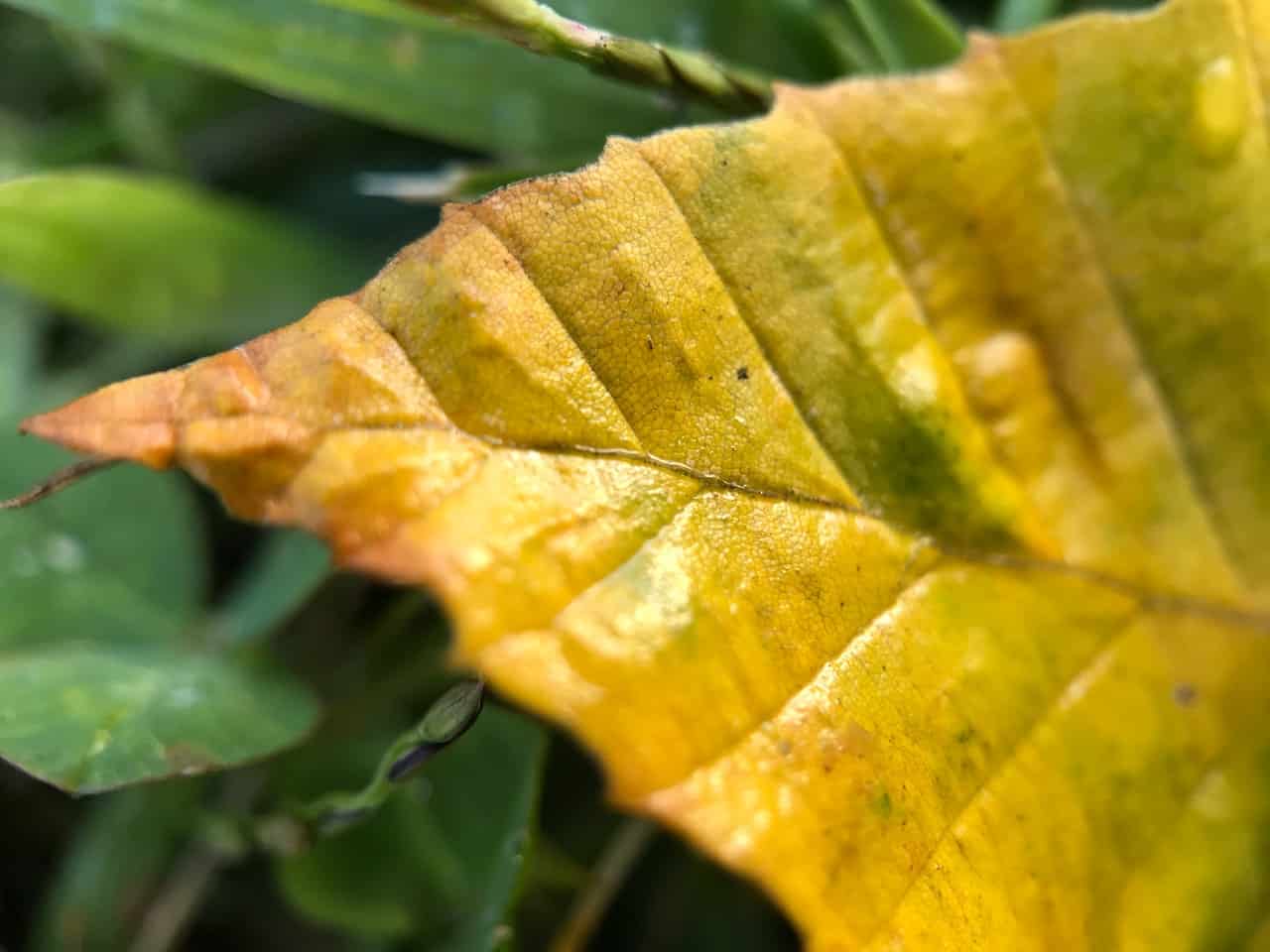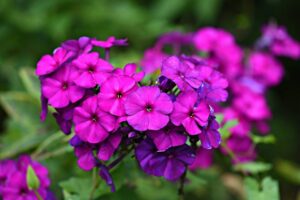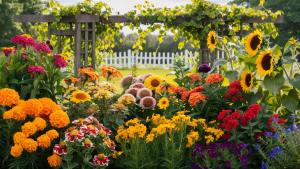If you’re a plant parent, then you know that nothing is more heartbreaking than seeing your plants’ leaves turn yellow. While there are many possible explanations, the most common reasons are moisture stress, the normal leaf life cycle, cold temperatures, low light levels, lack of nutrients, viruses, insect infestation, and transplant shock. Keep reading to learn more about each of these reasons and what you can do to fix the problem.
Moisture Stress
One of the most common reasons for indoor plants’ leaves to turn yellow is moisture stress. This can happen if you’re either over- or under- watering your plants. When watering your plants, be sure to check the soil before adding water. If the soil is dry to the touch, then it’s time to water your plant. If the soil is still moist, then wait a few days before watering again. Over-watering can lead to root rot, which will cause your plant’s leaves to turn yellow and eventually die. On the other hand, under-watering will cause your plant’s leaves to turn yellow and wilt. If you think you may be under-watering your plants, try using a self-watering pot or system to make sure they’re getting enough water.
Normal Leaf Life Cycle
Another reason your indoor plants’ leaves may be turning yellow is simply because it’s part of their natural life cycle. Most plants go through a period of time where their older leaves turn yellow and eventually die off. This allows the plant to focus its energy on new growth. While it may be sad to see your plant’s leaves turning yellow, it’s perfectly normal and nothing to worry about. Just be sure to remove any dead leaves from your plant so that it can continue growing healthy and strong.
Cold Temperatures
If you live in an area with cold winters, then your indoor plants may be experiencing temperature stress. When exposed to cold temperatures, indoor plants’ leaves will usually turn yellow and become brittle. If this is the case, try moving your plants closer to a heat source or using a grow light to give them the extra warmth they need.
Lack of Nutrients
Another possible reason for indoor plants’ leaves turning yellow is a lack of nutrients in the soil. Be sure to fertilize your plants every few weeks with a high-quality fertilizer specifically designed for indoor plants. You can also try adding some organic matter like compost or coffee grounds to the soil to give your plants an extra boost of nutrients.
Bacteria & Viruses
One of the most common reasons for yellow leaves on indoor plants is bacteria or viruses. These can be spread easily from plant to plant, so if you have multiple plants that are affected, it’s likely that they all have the same issue. Bacterial and viral infections often start out as small spots on the leaves, which then turn yellow and eventually brown. The best way to combat these infections is to remove the affected leaves and to isolate the plant from any other plants in your home. You should also make sure to sterilize any tools that you use on the plant, such as pruning shears or gardening gloves.
Transplant Shock
Transplant shock is another common reason for yellow leaves on indoor plants. When a plant is moved from one pot to another, or even just from one location to another, it can go into shock. This is especially true for plants that are moved during the winter months when they’re already dormant. The best way to avoid transplant shock is to wait until spring or summer to move your plants. If you do need to move them during the winter, make sure to do it gradually so that they have time to adjust to their new environment. Start by moving them into a spot that has similar lighting conditions and then slowly increase the amount of light they’re getting over a period of weeks until they’re in their final location. Yellow leaves due to transplant shock will eventually turn green once the plant has had time to adjust.
Insect Infestation
Yellowing leaves can also be a sign that your plant has been infested by insects such as aphids, thrips, or whiteflies. These tiny pests suck the sap out of plants, causing the leaves to wilt and turn yellow. In addition to causing leaf yellowing, insect infestations can also lead to stunted growth, distorted new leaves, and sticky honeydew deposits on the foliage or nearby surfaces. If you think your plant might have an insect infestation, inspect the undersides of the leaves for small bugs or eggs. You can also try tapping the affected leaves over a piece of white paper—if insects are present, they’ll fall out onto the paper. To get rid of an infestation, you can wash your plant with soap and water or use an insecticidal soap or neem oil solution. Be sure to follow the directions on the label carefully—you don’t want to end up harming your plant!





